In 1914, my husband’s great grandmother Ingrid Josephina Stocker (née Englund) sold the corner grocery she owned in Butte, Montana to go all-in on a 320 square-acre homestead near the newly minted boom town of Winifred. A single mother, Josephina – or Josie, as she was called – arrived at her territory with one suitcase, a team of horses, and an obligation, per the Homestead Act,1 to build a house and improve the land through farming. Her son, my husband’s grandfather and our son’s namesake Walter Spencer Emmanuel Stocker, was four years old at the time. Today, this is what remains of the cabin where they lived…
Last week, our family – grandparents, siblings, and cousins – gathered at the Stocker homestead to try and feel some of what Josie and Walt, as he was known, had felt one hundred years ago. What breezes? What bugs? What night sky did they look up to find?
Getting to the cabin was a trip – Los Angeles to Great Falls, MT through Salt Lake City, followed by a 3-hour drive to Winifred, a one-night stay at the (only) hotel in town, and then a 5-mile guided ride on horseback the following morning. The journey, in fact, was one my own kids couldn’t tolerate. My daughter Georgia had an allergic reaction to the horses, forcing us to confront the capriciousness and sometimes grim vulnerability of small children on western frontiers. What would Josie have done?, I wondered as the EMTs in Winifred - who were also the local school teachers – checked Georgia’s oxygen levels, thankfully, all fine. (Did I mention that Winifred has a population of 124?) Nothing here is for the faint of heart, I quickly realized. The scale of things can swallow you whole. Its like nowhere else in America I have ever been before.
And man, is it beautiful. Fields of wheat, newly harvested by the Udelhovens – neighbors and friends for going on 4 generations now – roll out beyond the beyond. To walk through the taller, uncut fields, you have to pick your feet up high; grasshoppers jump out like explosives with every step. Sky for ages. WiFi, what?
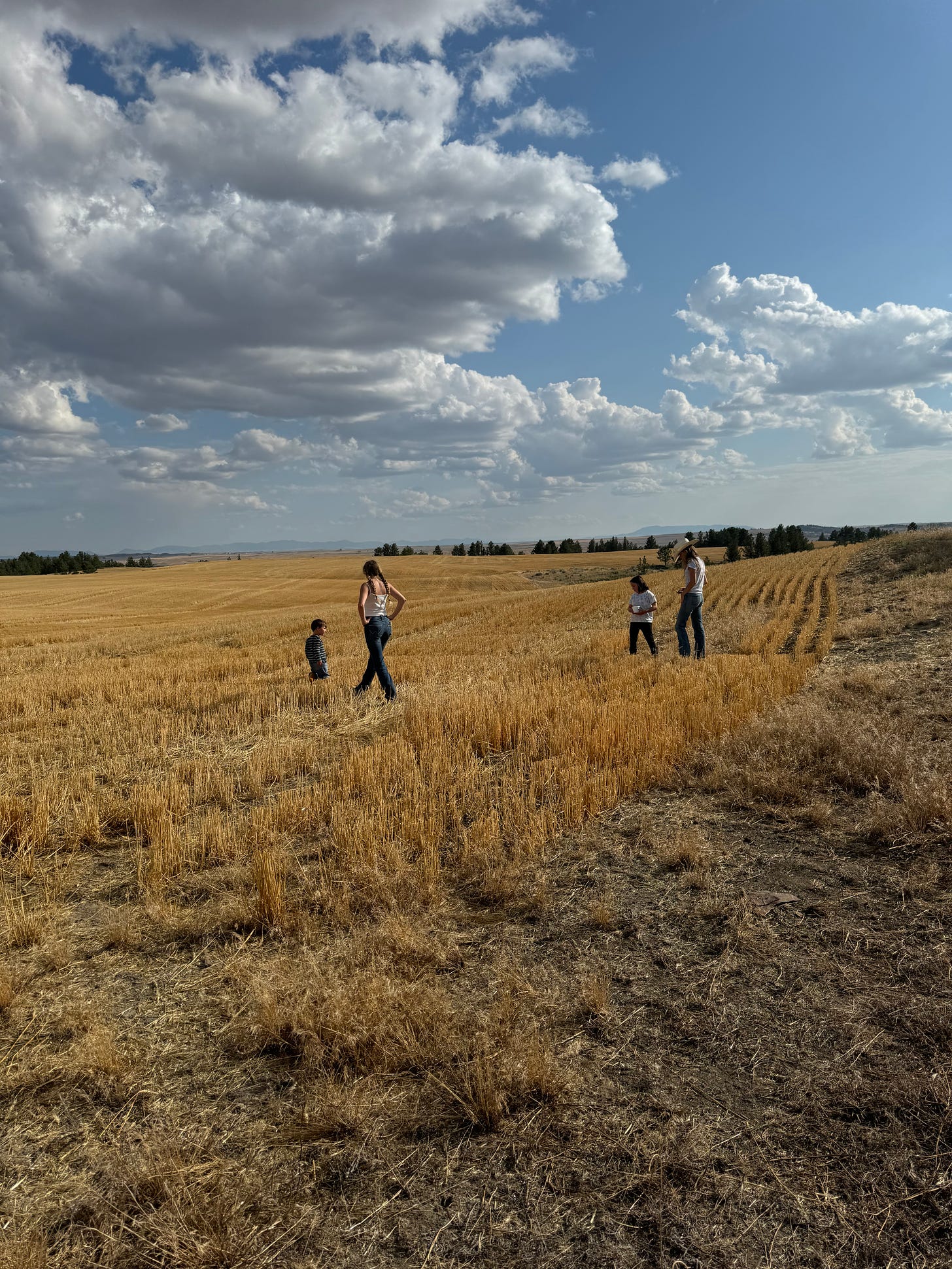
We wore jeans. Of course, we wore jeans. Not for fashion, or content, but because life in Montana, with its mines and railroads, too, has always required them. One need only sit on the rugged ground to get why jeans make sense. My mother-in-law Mazie, Josie’s granddaughter, is a dedicated keeper of family records. In the photographs she’s saved, Walt, along with many of the women, wear denim overalls and jeans I wish we still had today.
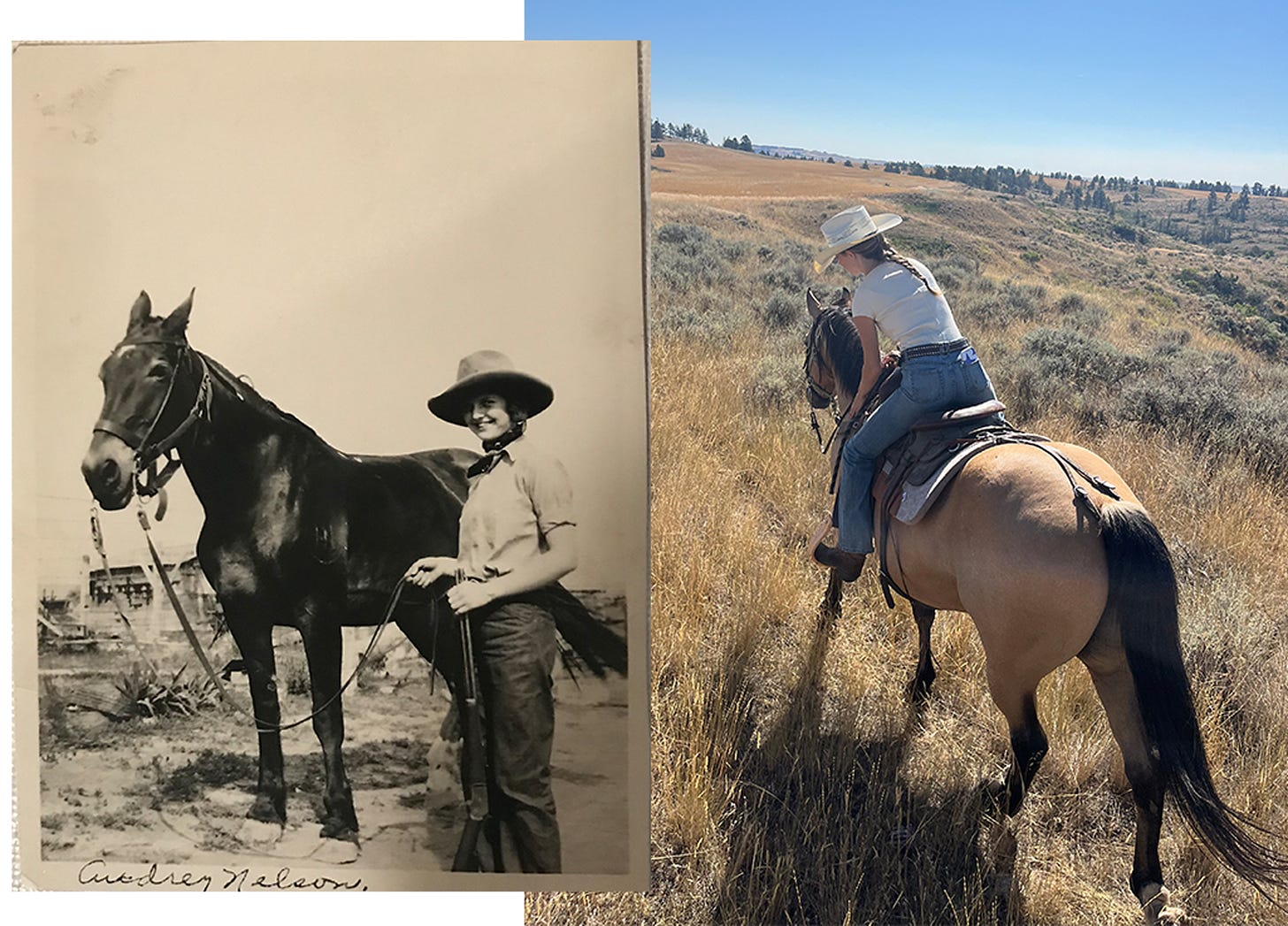
Me, I wore my favorite Levi’s Vintage Clothing 501XX replicas of the ones made in the 1930s (the closest I could get to Josie’s era on the farm) and my Trip jacket, which was the ideal weight for the weather. My father-in-law Norman, always in 505s, made no exception for this adventure and looked made for the place. Cousins Iris and Isabelle brought their ever-reliable and youthful style, with Isabelle in Wranglers and Iris in thrifted bootcut Chico’s. “I love wearing them with a belt and found they fit perfectly over my boots even while in stirrups,” Iris said.

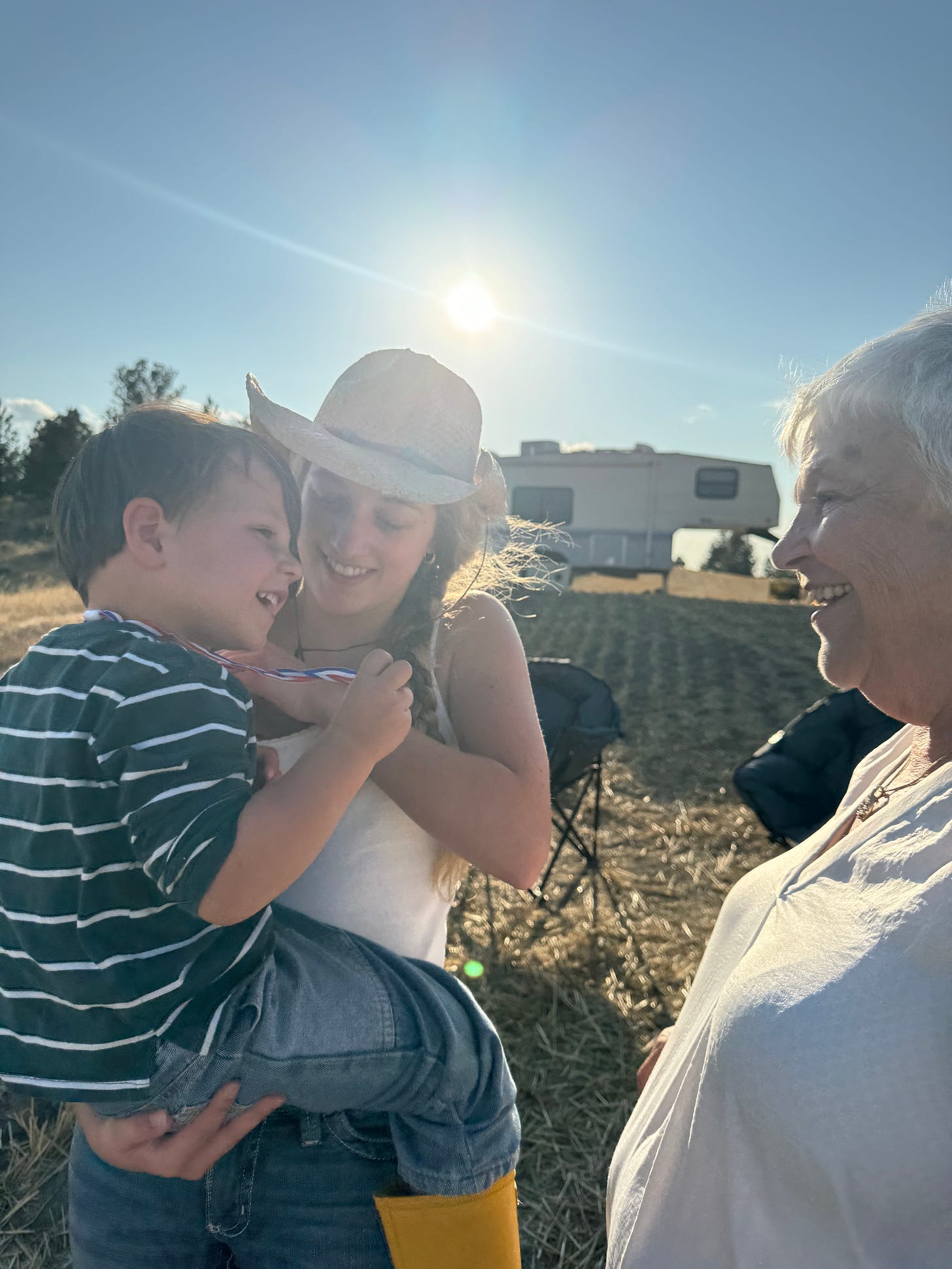
It is a stroke of great luck that I married into a family with roots so naturally connected to denim and its origins as American workwear. I had no intention of writing about this trip for my newsletter, until I went and saw how central jeans are to life in a place like Winifred. Like an involuntary muscle. A basic fact, confirmed by the old Engineer Coat button that Isabelle found in the grass when we were there.
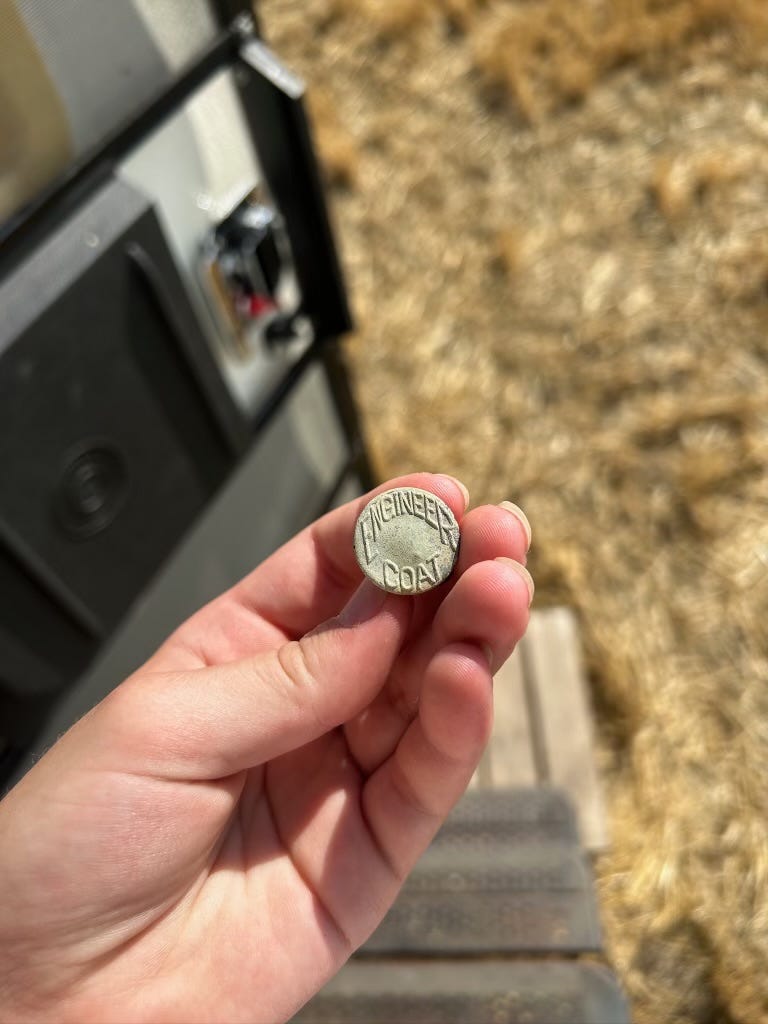
On our way out, Marc and I stopped at the Udelhoven’s to give the kids a closer look at the vintage cars rusting in the fields. How could we not go see inside? The best kind of ghosts make time – that weird thing – feel as real as any physical object, if only for a moment.
As for Josie, she would eventually apply for an additional 320 square acres and register the trademark for a brand (the ranch kind), Lazy Y Hanging Z, all of which remain in our family today. Though drought and depression drove Josie back to Butte in 1930, “the fact that she stayed on the homestead that long is just an indication of her persistence,” Mazie assured. A pioneer, if there ever was one. I would have loved to know her.
I’ll sign-off by mentioning the two books I’m reading this holiday weekend: Taffy Brodesser-Akner’s delicious and disturbing Long Island Compromise, and Nancy MacDonell’s Empresses of Seventh Avenue, about the birth of American fashion amidst WWII. Fun fact: In 1942 Claire McCardell designed a denim wrap dress with a potholder attached. You have to read it. Wishing everyone a relaxing Labor Day with loved ones. Thanks for subscribing. Denim Forever.
Jane
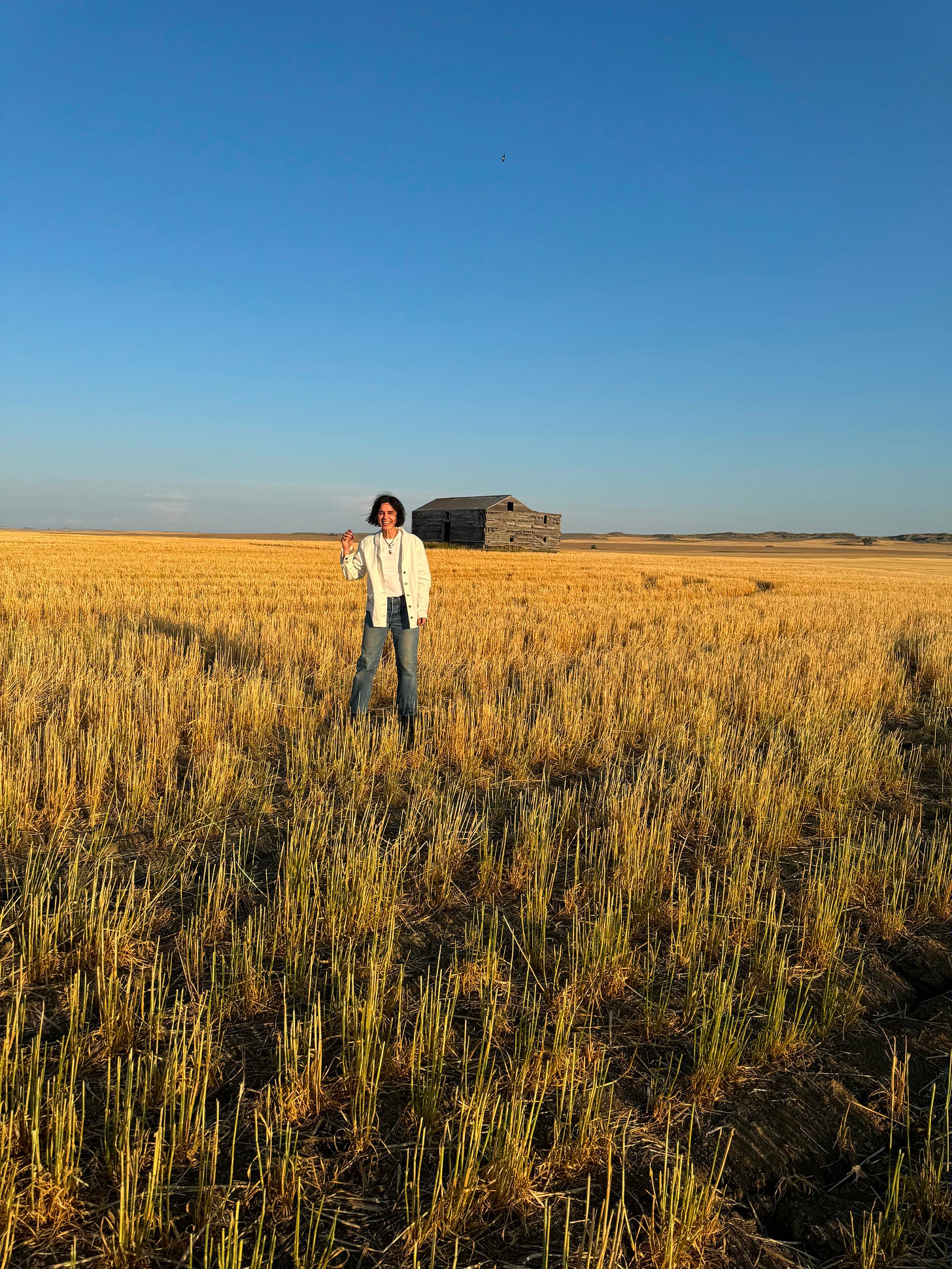
National Archives. Also see: The History of Winifred Montana.





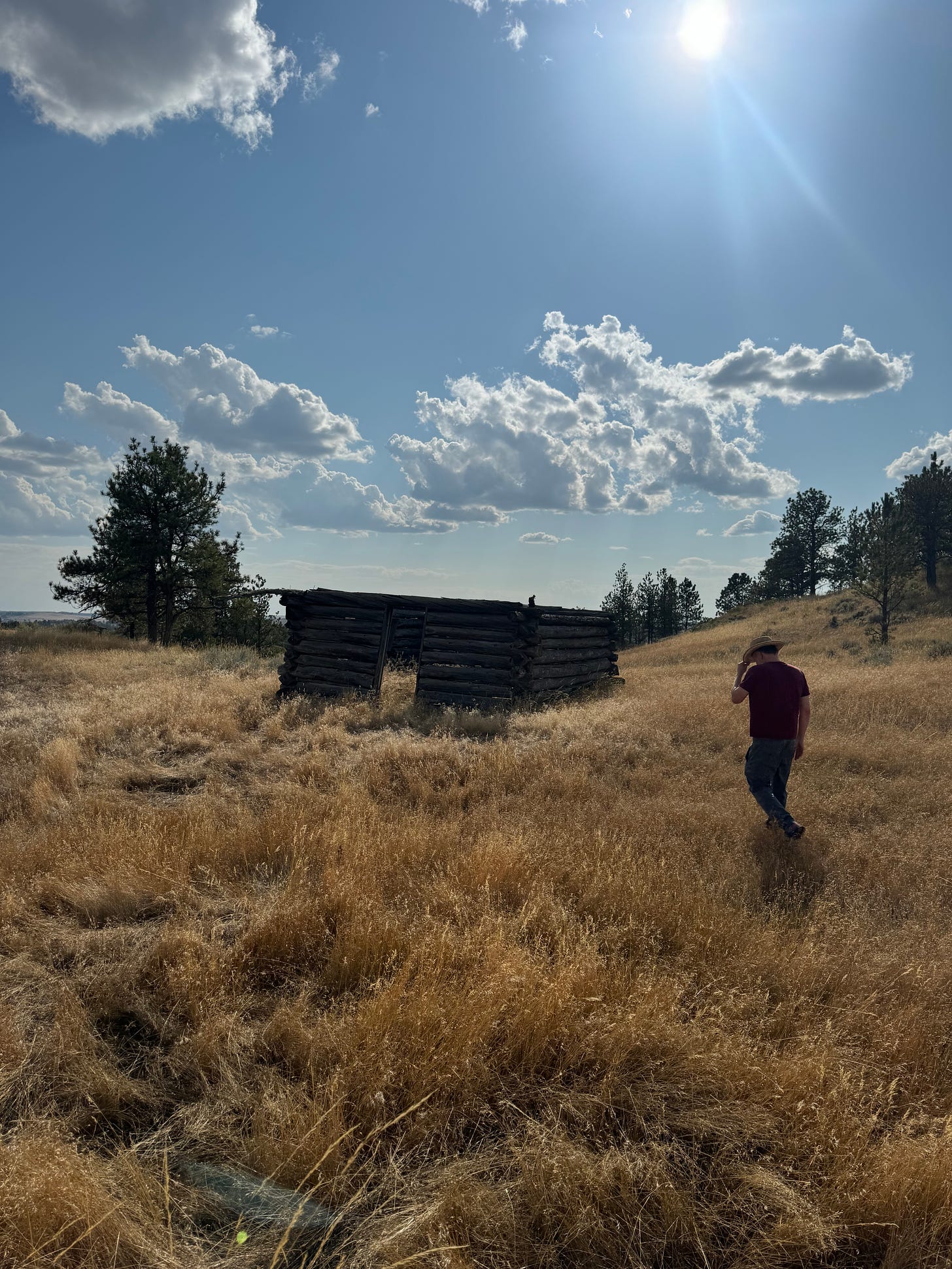
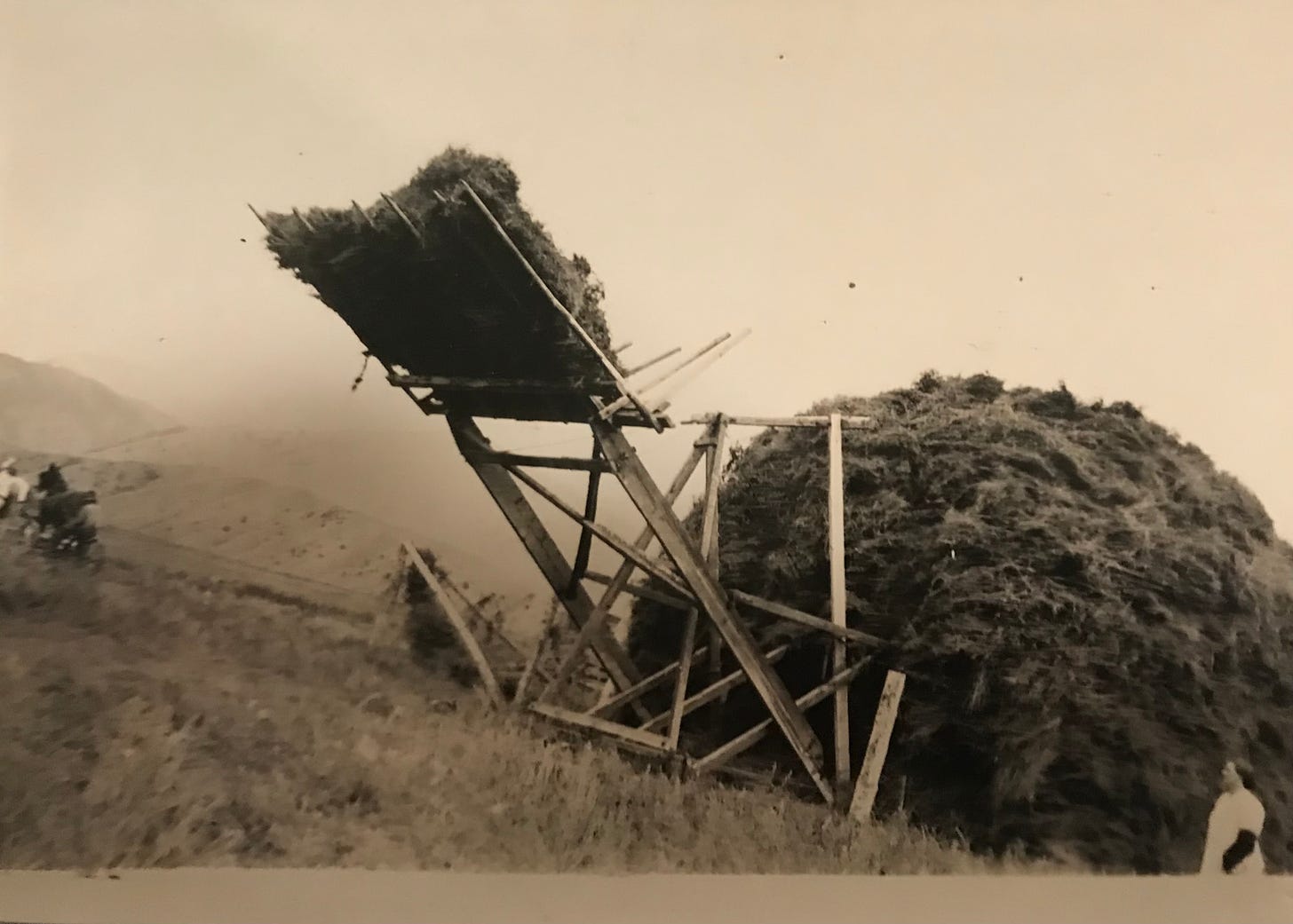
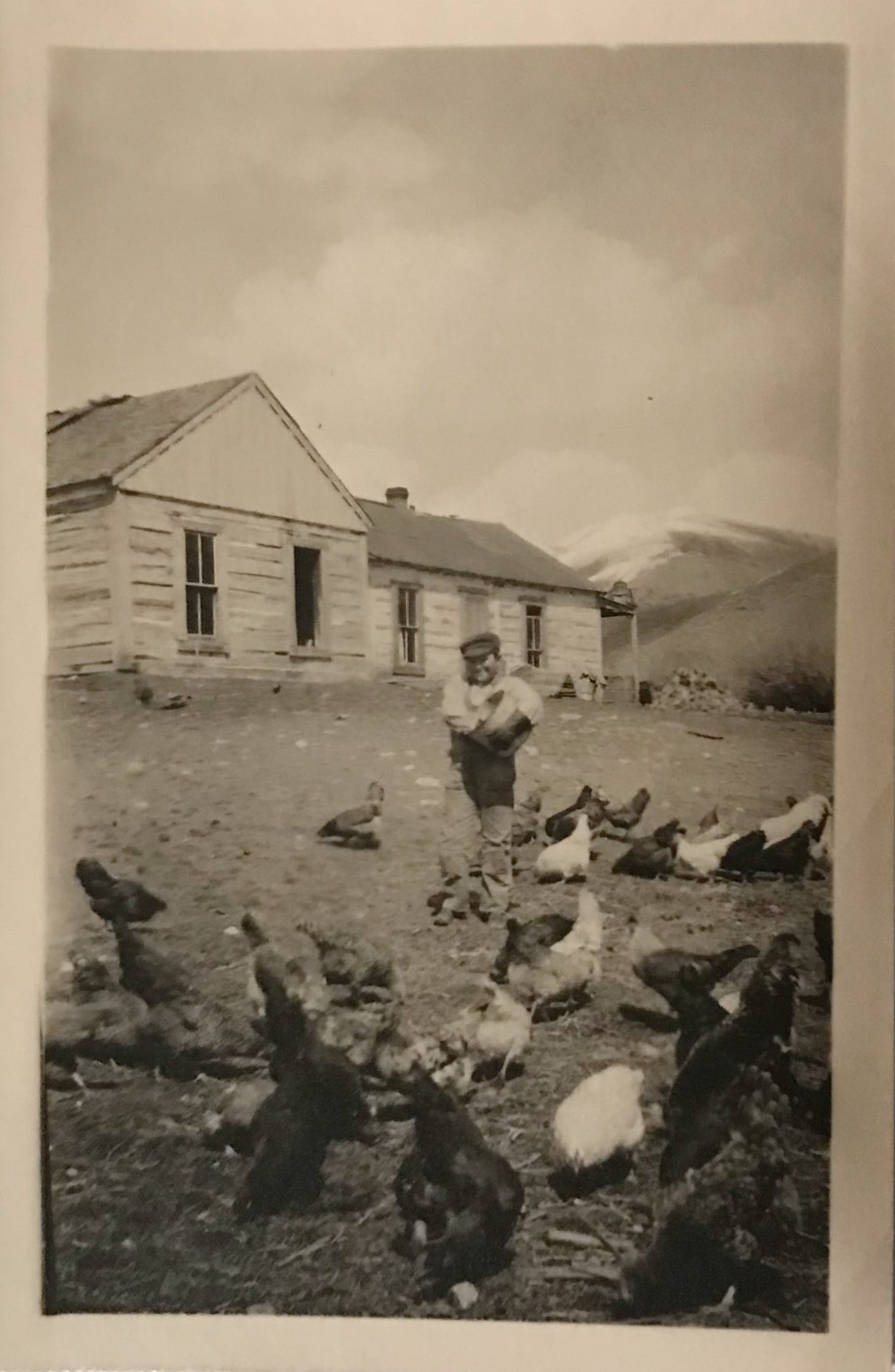
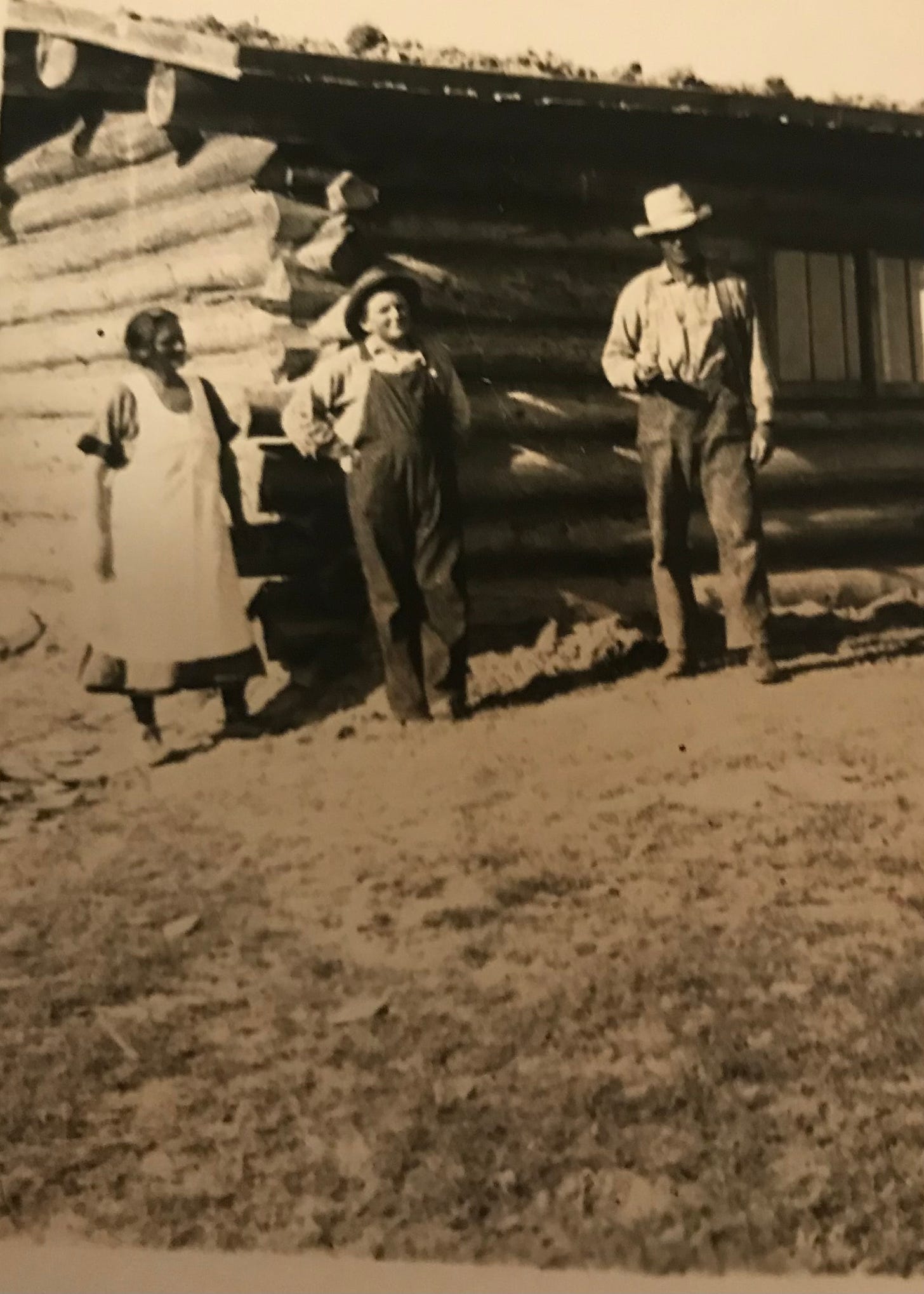
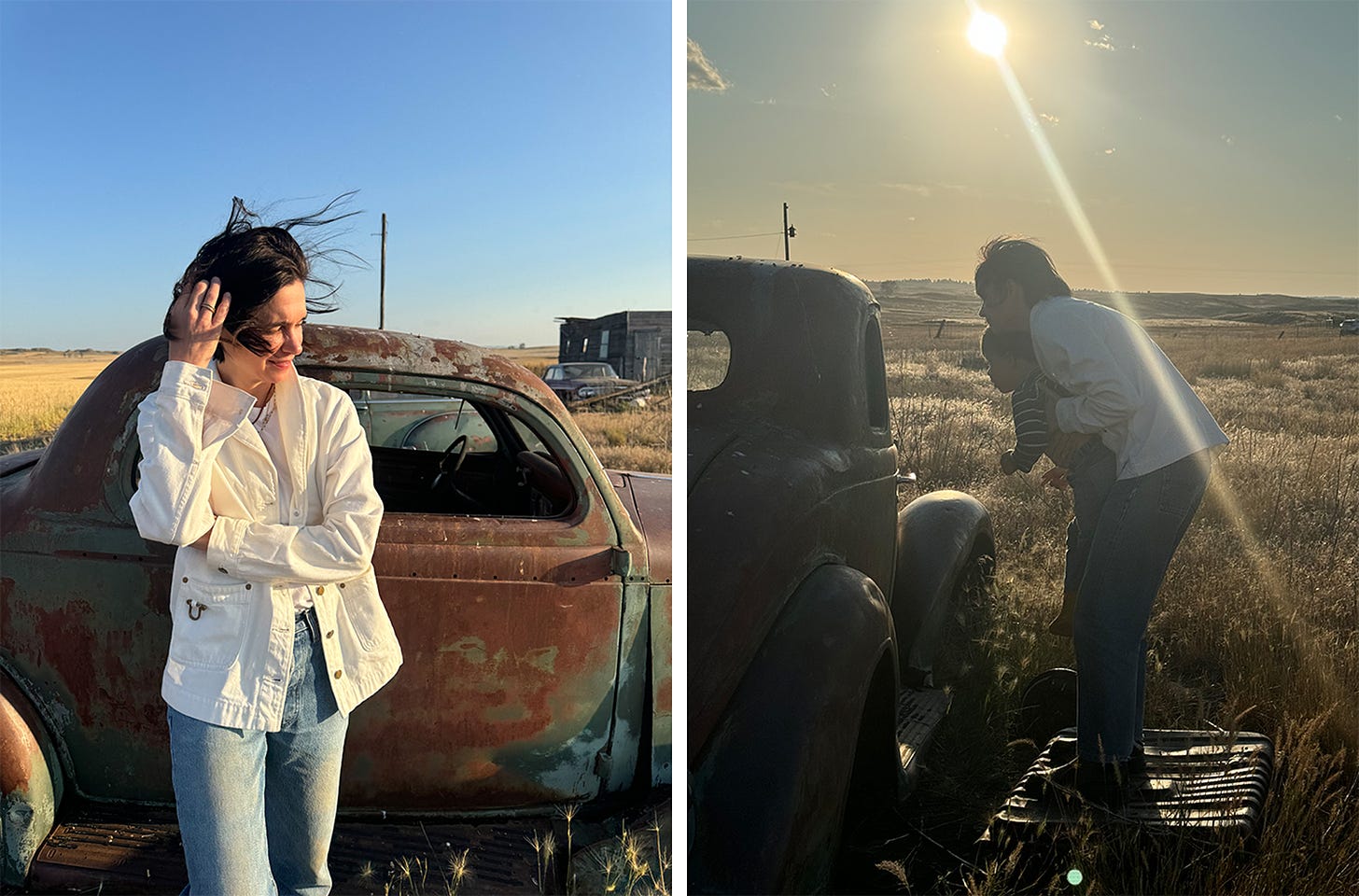

Pure gold. Thanks for sharing such an intimate family denim moment. X
This is great! Thanks for sharing. And traveling with kiddos is so raw and real <3